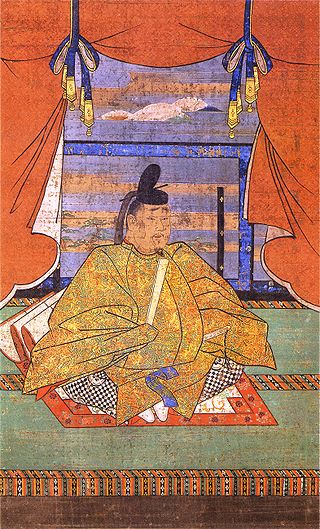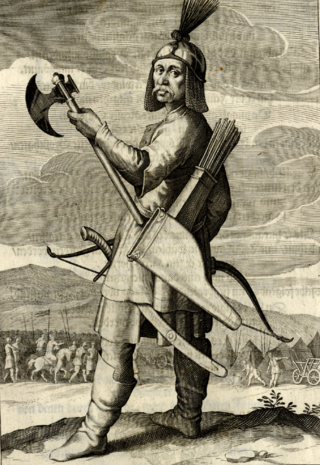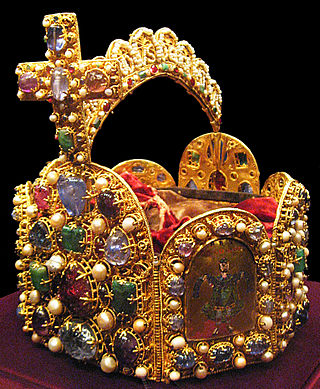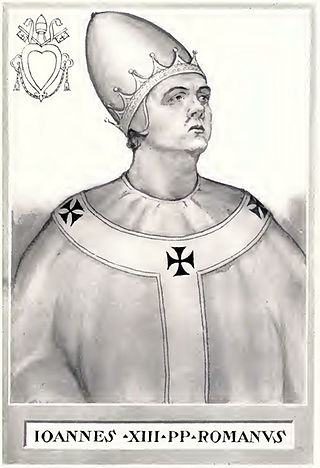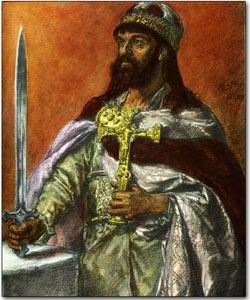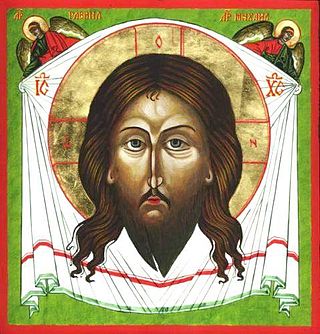| Millennium: | 1st millennium |
|---|---|
| Centuries: | |
| Decades: | |
| Years: |
| 952 by topic |
|---|
| Leaders |
| Categories |
| Gregorian calendar | 952 CMLII |
| Ab urbe condita | 1705 |
| Armenian calendar | 401 ԹՎ ՆԱ |
| Assyrian calendar | 5702 |
| Balinese saka calendar | 873–874 |
| Bengali calendar | 359 |
| Berber calendar | 1902 |
| Buddhist calendar | 1496 |
| Burmese calendar | 314 |
| Byzantine calendar | 6460–6461 |
| Chinese calendar | 辛亥年 (Metal Pig) 3649 or 3442 — to — 壬子年 (Water Rat) 3650 or 3443 |
| Coptic calendar | 668–669 |
| Discordian calendar | 2118 |
| Ethiopian calendar | 944–945 |
| Hebrew calendar | 4712–4713 |
| Hindu calendars | |
| - Vikram Samvat | 1008–1009 |
| - Shaka Samvat | 873–874 |
| - Kali Yuga | 4052–4053 |
| Holocene calendar | 10952 |
| Iranian calendar | 330–331 |
| Islamic calendar | 340–341 |
| Japanese calendar | Tenryaku 6 (天暦6年) |
| Javanese calendar | 852–853 |
| Julian calendar | 952 CMLII |
| Korean calendar | 3285 |
| Minguo calendar | 960 before ROC 民前960年 |
| Nanakshahi calendar | −516 |
| Seleucid era | 1263/1264 AG |
| Thai solar calendar | 1494–1495 |
| Tibetan calendar | 阴金猪年 (female Iron-Pig) 1078 or 697 or −75 — to — 阳水鼠年 (male Water-Rat) 1079 or 698 or −74 |

Year 952 ( CMLII ) was a leap year starting on Thursday of the Julian calendar.
